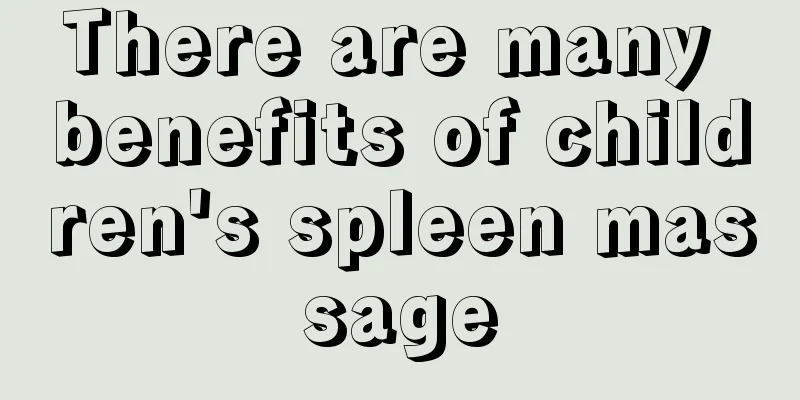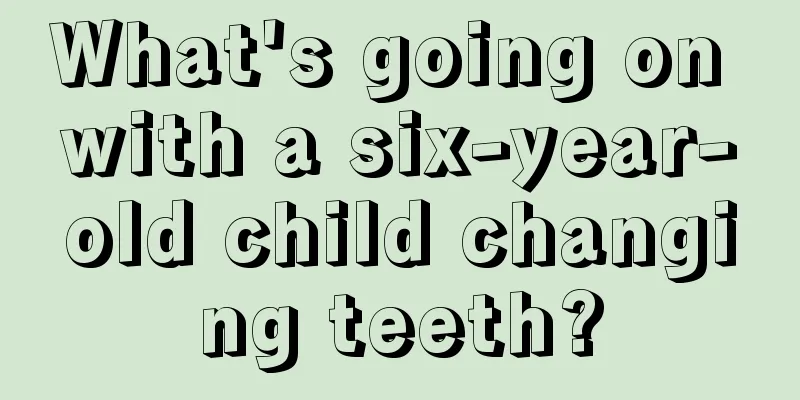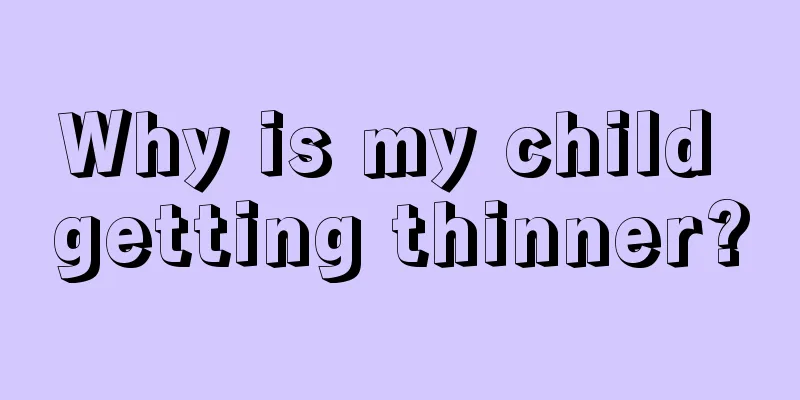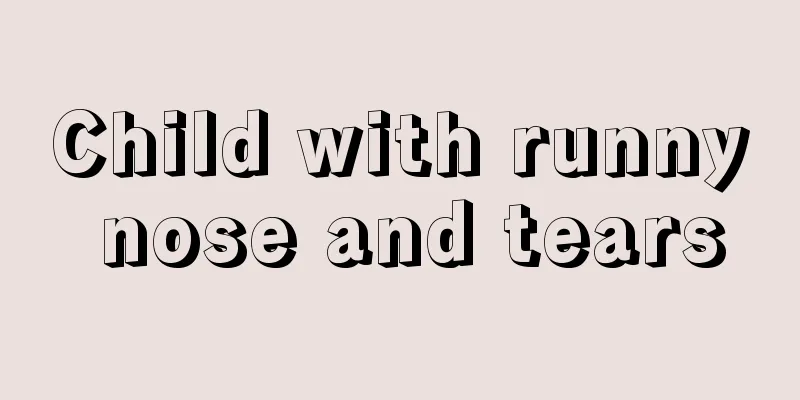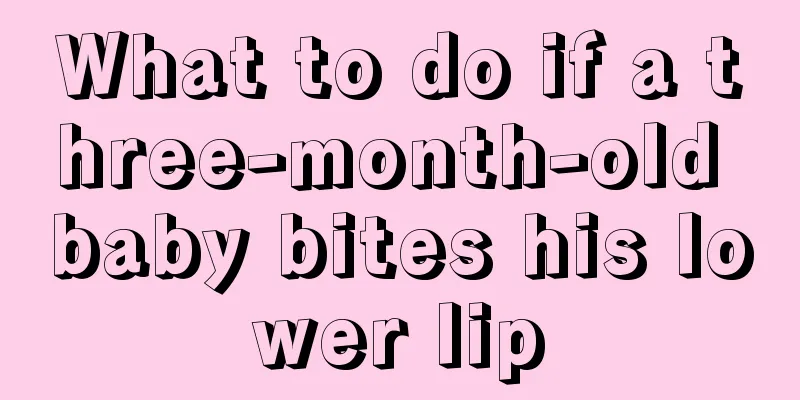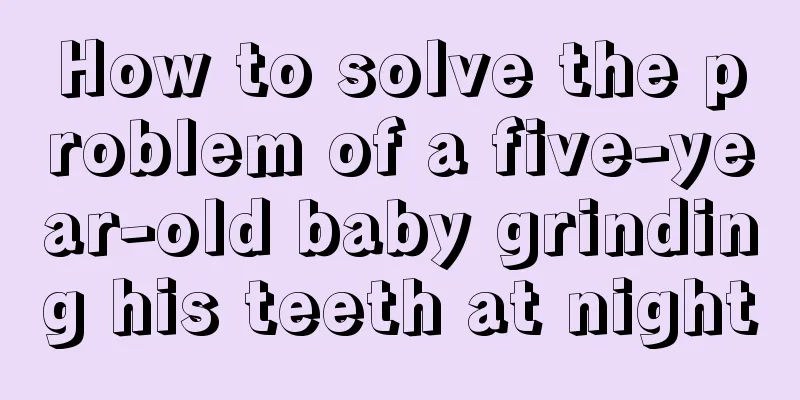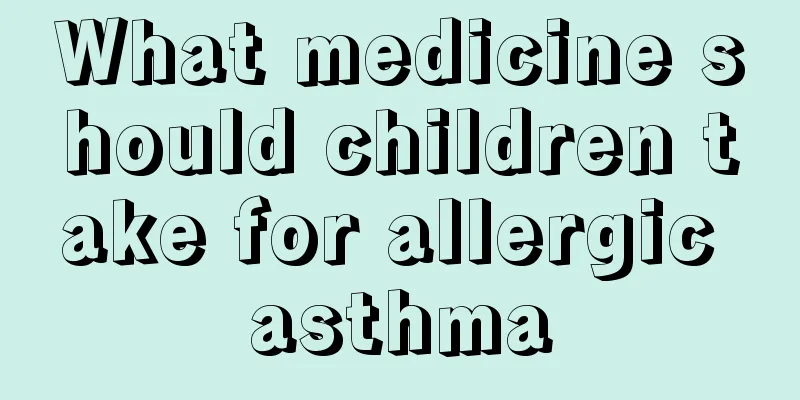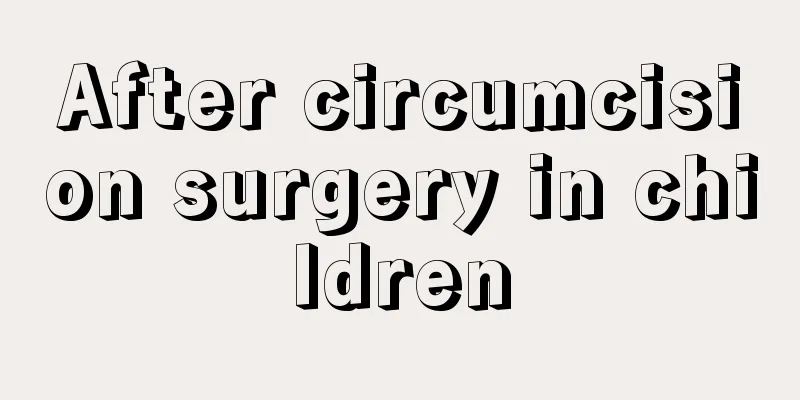What should I do if my child has a fever, convulsions and rolls his eyes?

|
High fever can cause great damage to human health, especially the stimulation to the brain nerves. Especially in children, high fever convulsions often occur. Continuous fever can easily lead to convulsions. There will be many symptoms at this time, such as foaming at the mouth or rolling eyes, etc., which still need to be handled correctly. So what should I do if my child has a fever, convulsions and rolling eyes? 1. In case of high fever convulsion, you should loosen the baby's clothes, place the baby in a ventilated place, immediately let the baby lie on his back, loosen the collar, and gently support the baby's body to avoid joint injuries or falls. 2. To prevent the baby's vomit from entering the airway, consciously turn the baby's head to one side and clean the secretions in the mouth and nose in time to prevent the baby from inhaling foreign objects and causing suffocation. 3. Babies often bite their tongues unconsciously during convulsions. Mothers can wrap a small wooden board (or the spoon end of a baby spoon) with clean gauze and place it in the baby's mouth. 4. When a convulsion occurs, the mother should press the philtrum (the middle position under the nose) with her thumb to open the orifices and wake the baby up until the convulsion is relieved. However, the nails should not be too sharp or too forceful to avoid piercing the baby's skin and causing unnecessary damage. Notice: 1. Do not shake the child vigorously, control limb twitching forcibly, or cover the child to sweat and reduce fever. These methods are incorrect. 2. If the convulsion cannot be quelled after taking the above measures, resulting in respiratory arrest, immediately perform artificial respiration and cardiac compression, then immediately notify 120 (or ambulance, choose one of the two) to send to the hospital for diagnosis and treatment, and do not delay. It is best for parents not to run around with their babies in their arms. If foreign objects are inhaled into the trachea, the degree of suffocation will be aggravated. 3. Children's high fever seizures may stop automatically without any medical measures. If the seizure does not stop within 5 minutes, the child should be taken to a doctor immediately. Although a high fever is often caused by a viral infection, doctors still need to examine the child and sometimes do blood tests to find the true cause of the high fever. Through the above introduction, everyone is clear about what to do if your child has a fever, convulsions, and rolling eyes. In high-risk situations, any first aid measures must be treated with caution and the child’s health and life safety must not be threatened. In addition, we must also realize that it is important to take preventive measures and reduce the child's temperature as soon as possible after a fever. |
<<: What are the sequelae of children's fever and convulsions?
>>: What are the symptoms of a child having a fever and convulsions?
Recommend
What are the causes of sleepiness in children?
In a family with children, everything about the c...
What to do if your baby has a runny nose in summer
You need to pay attention to a runny nose in the ...
How to make children not picky about food
The child is a picky eater. It seriously affects ...
Treatment for black tongue coating in babies
We have seen many babies around us with black ton...
Treatment for spitting up in babies
Infant spitting up is undoubtedly a major focus o...
How to enhance your baby's immunity
How to enhance the baby's immunity is a quest...
What should I do if my four-year-old child suffers from long-term constipation?
Many children will have some eating problems afte...
Baby's palms and soles turn yellow
Sometimes babies’ palms and soles turn yellow, wh...
How many months does it take for a baby to learn to crawl?
How long does it take for a baby to start learnin...
What should I do if my baby has viral encephalitis?
We all know that some children have weaker physic...
Treatment of synovitis of the knee in children
As mothers, you should understand very well the p...
What are the dietary treatments for children’s cough after a cold?
The weather is quite hot now, so many families us...
What should I do if my child has a poor appetite recently?
I believe that for parents with children, the mos...
What to do if your newborn baby has mucus in his nose
Many newborns have wet and yellow earwax when the...
Is it better for girls to develop early or late?
In recent years, precocious puberty and early dev...
